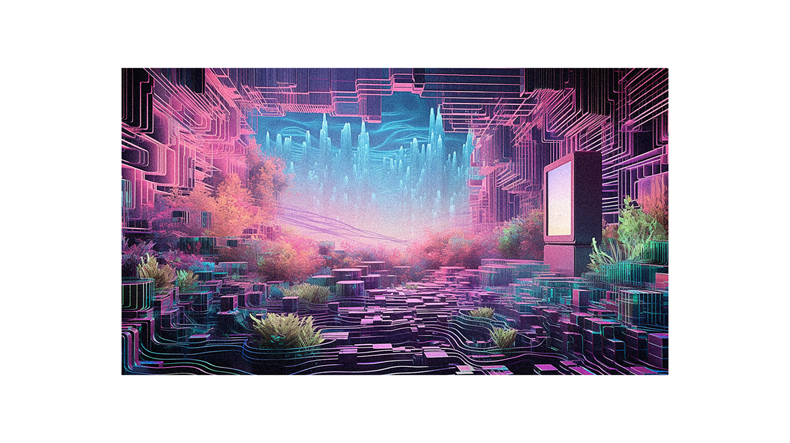As an artist and technophile, I can’t help but marvel at the extraordinary marriage of art and technology. It’s like watching a beautiful dance where each partner complements the other, weaving together a captivating performance that transcends traditional boundaries.
Digital platforms have breathed new life into our creative world, redefining how we create, consume, and experience art. Sophisticated algorithms create awe-inspiring pieces, while blockchain technology aims to fight forgery in art. Even virtual reality has entered the stage, offering immersive experiences.
But as with any seismic shift comes controversy – who truly owns AI-created artwork? How do we navigate copyright in a digital realm? Yet these questions only serve to underline the significance of this evolution and its inevitable impact on artistic creation’s future landscape.
It’s a thrilling new era for artists and audiences, teeming with unexplored possibilities.
Art and Technology Connection
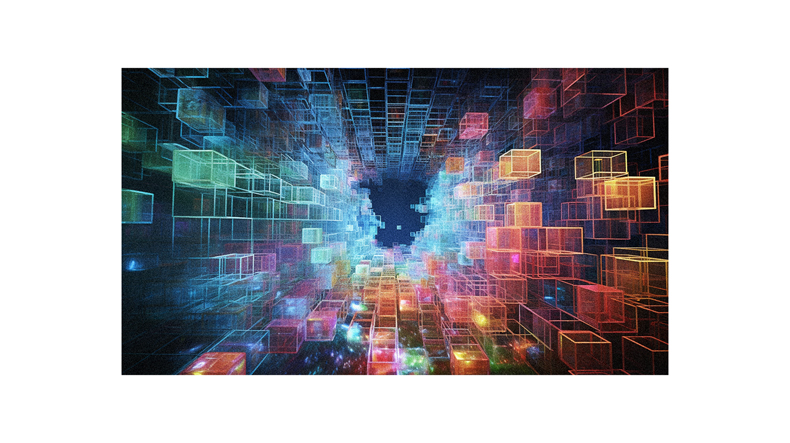
Isn’t it fascinating how technology and art have intertwined, pushing the boundaries of creativity and transforming our perception of what art truly is?
I’ve seen how the rise of digital spaces has spurred a new era of artistic expression. Art isn’t confined to physical canvases anymore; it’s now in virtual realities, AI-generated pieces, and even the blockchain.
Artists aren’t just creators but innovators, using tools like Motiva to merge traditional forms with modern tech advances. With open-source software and online communities, artists can share their processes and improve together.
It’s not always easy; debates about authenticity and ownership are common. But one thing’s for sure – as we continue digitizing society, art will keep evolving in exciting ways, I can hardly imagine!
Impact of Digitalization
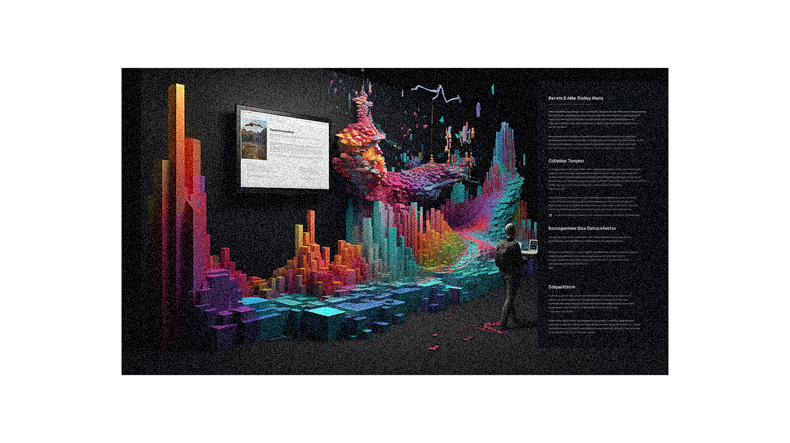
You’ve witnessed how digitalization has profoundly influenced the art world, pushing boundaries and creating a new playground for creativity. The rise of the internet has deeply impacted artistic creation, giving birth to net art and shaping new generations of artists.
Here’s how this transformation looks like:
- Art in Cyberspace: Works conceived by, for, and with the internet are now considered legitimate art forms.
- Open-Source Collaboration: Artists working with open-source software form communities, helping each other solve technical and artistic problems while sharing their work openly.
- Free Software Culture: The history of the internet is closely tied to free software culture; it offers artists a means of breaking free from proprietary constraints.
This evolution continues as technology advances further into our daily lives.
Net Art and its Influence
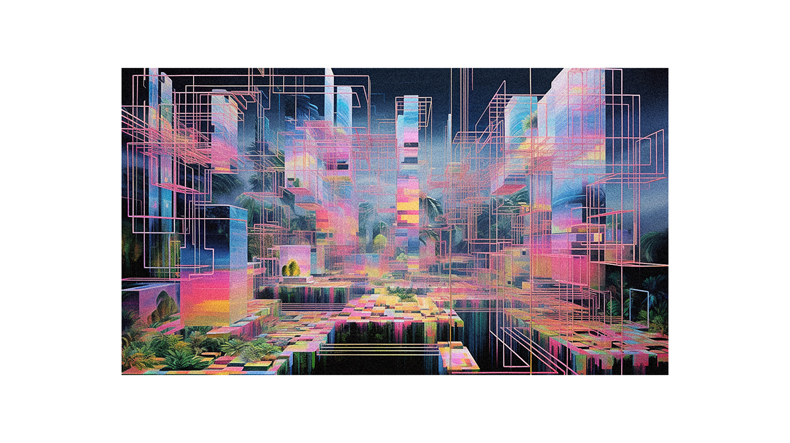
Sure, who needs a paintbrush when you can create masterpieces in the virtual realm of net art? The internet has transformed our artistic playground. It’s not just about creating for the web, but with it.
Artists now form communities using open-source software, offering each other help and inspiration. They’re breaking free from costly proprietary software and embracing flexibility. These digital creators share their works, processes, and discussions on platforms like GitHub, actively contributing to improving open-source tools.
But beyond that, they’re pushing boundaries in art itself. This isn’t traditional painting or sculpture – it’s dynamic and innovative creation through code. And yes, some may argue if this is ‘art,’ but isn’t challenging perceptions of what art has always done?
Technological Innovations
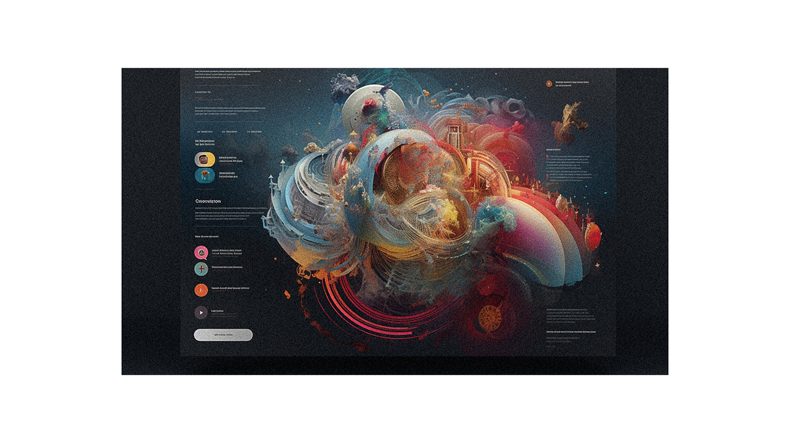
Have you ever considered how innovations like artificial intelligence, blockchain, and virtual reality are transforming the world of art? These groundbreaking technologies are redefining artistic boundaries and changing our perception of creativity.
AI allows us to explore uncharted territory in artistry, creating pieces that blur the line between human and machine-made. Blockchain’s potential is vast; it can prevent forgery, maintain authenticity, and even tokenize or fractionalize artwork ownership!
Meanwhile, virtual reality has brought art into a new dimension, immersing us in dynamic experiences that were previously unimaginable. However, with these advancements come challenges – from understanding digital wallets to addressing ownership rights in VR art.
It’s clear, though: technology undeniably reshapes the artistic landscape, and its future holds limitless possibilities!
Free Software Culture
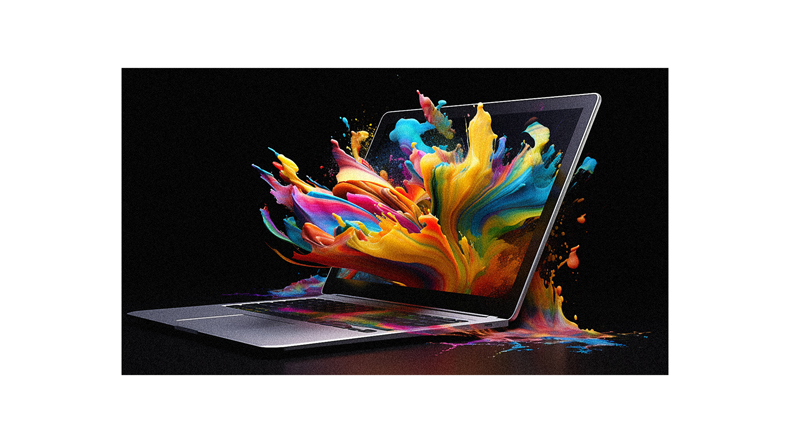
Isn’t it fascinating how the free software culture has revolutionized how artists collaborate and create, offering them a sense of community like never before?
Open-source platforms provide artists with flexible and cost-free solutions for their creative endeavors. They’re not alone in their journey; they are part of an online community where shared wisdom and mutual aid are the norm.
- Problem Solving: Artists help each other conquer technical hurdles, turning obstacles into opportunities.
- Process Sharing: Open discussions about creative processes broaden perspectives and inspire innovation.
- Work Sharing: Artists freely display their work, inviting constructive criticism that fuels growth.
- Software Improvement: Some even contribute to enhancing open-source software, embodying the spirit of collective progress in art creation.
Open Source Community
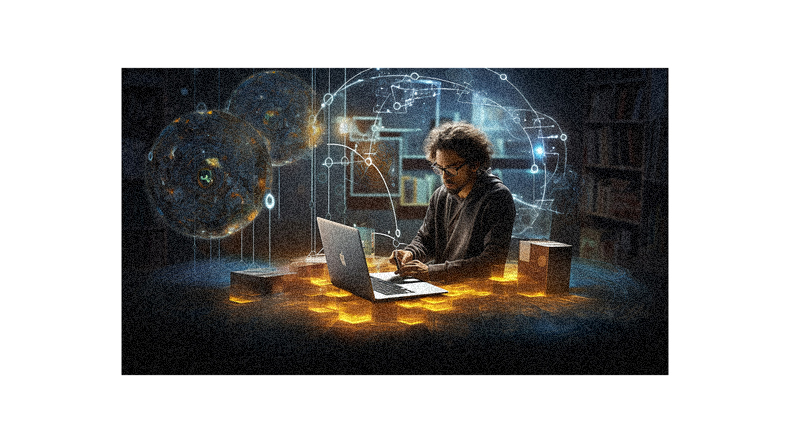
You’re now part of an open-source community where collaboration and innovation are the norm, offering endless opportunities to learn and grow as an artist. This digital neighborhood embraces the spirit of sharing, enabling you to benefit from others’ expertise and ideas.
You’ll find a wealth of knowledge in discussion forums, where technical and artistic problems are solved collectively. On platforms like GitHub, artists freely share their work, creating spaces for feedback and discussion on creative processes. Some even actively contribute to improving open-source software.
By immersing yourself in this inspiring community, you can transform your art practice while helping shape the future of technology in artistic creation. The open-source ethos breaks down barriers, fostering a culture that values creativity over cost and flexibility over proprietary restrictions.
Accessibility and Audience
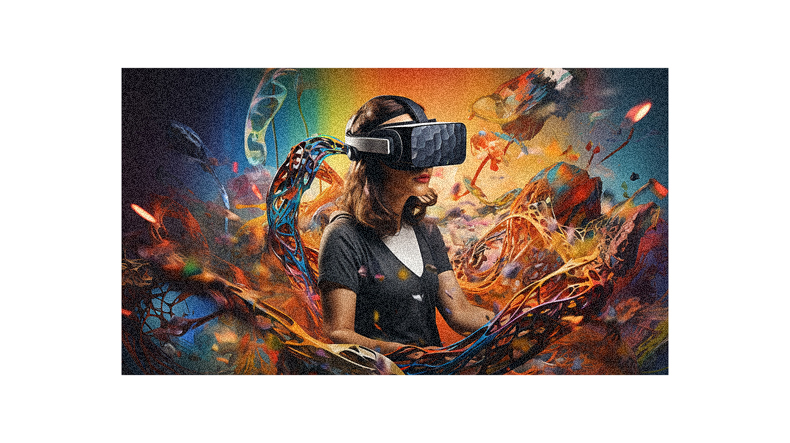
Just as a river’s current carries all things downstream, so has the digital tide ushered art into countless homes and hands worldwide. The internet, an enabler of this phenomenon, has significantly broadened art’s audience reach. It has introduced a captivating ease to accessing diverse forms of artistic expression.
- Virtual Galleries: No longer confined by geographical boundaries, we can now explore global museums and galleries from our couches.
- Social Media Platforms: Artists have taken to Instagram, Pinterest, and other platforms to showcase their work and gain recognition.
- Online Marketplaces: Websites like Etsy allow artists to sell their pieces directly to the public.
In essence, technology in art hasn’t just reshaped creation; it has also revolutionized consumption – making art more accessible than ever.
AI-Generated Art
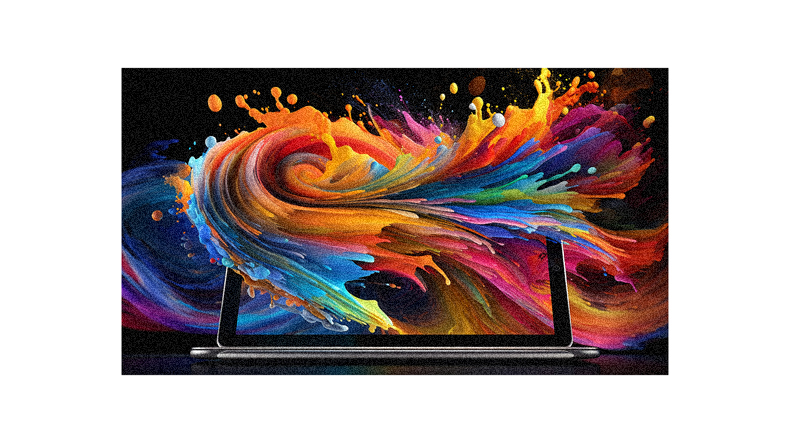
AI-generated art has emerged as a fascinating blend of code and creativity, blurring the line between human ingenuity and machine intelligence. It’s a new playground for artists who can use algorithms to produce unique pieces, pushing the boundaries of traditional art forms.
There are debates about whether this sort of creation is ‘real’ art since it relies on machines, but I believe it opens up a fresh perspective on artistic expression. It’s not just about replacing or replicating human creativity; it’s about exploring uncharted territories in the vast universe of art.
AI allows us to delve into patterns, randomness, and complexity in ways we humans might not have conceived otherwise. In my view, AI-generated art is another exciting chapter in our ongoing story of technology and creativity.
Blockchain and Art
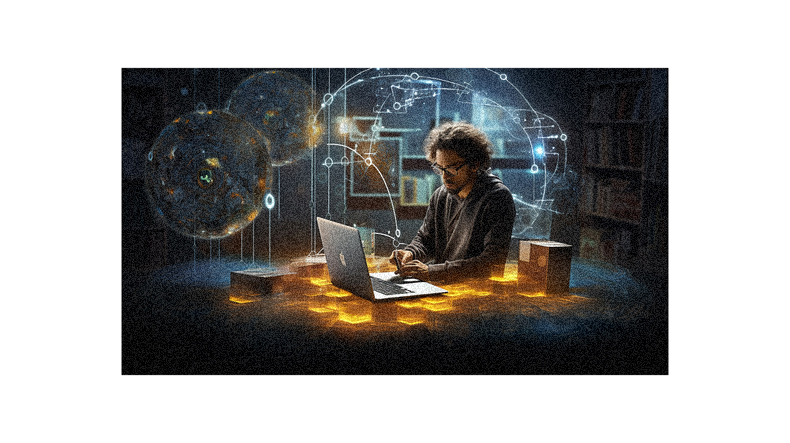
With blockchain’s entry into the art world, you’re seeing an innovative approach to addressing issues of forgery and authenticity, a fresh way to tokenize physical and edition digital art, and a novel method for fractionalizing artwork ownership.
While this technology can simplify trading physical artwork and create industry-wide title registries, it requires an understanding of digital wallets and cryptocurrency. Many artists are hopping on board, but there’s still much to figure out – like how we connect physical works to a blockchain registry.
Plus, trusted industry leaders must agree on which platforms they’ll use to sell blockchain art. Despite these challenges, I believe that as more people adopt this technology, it’ll continue shaping the future of art creation and distribution.
Virtual Reality Experiences
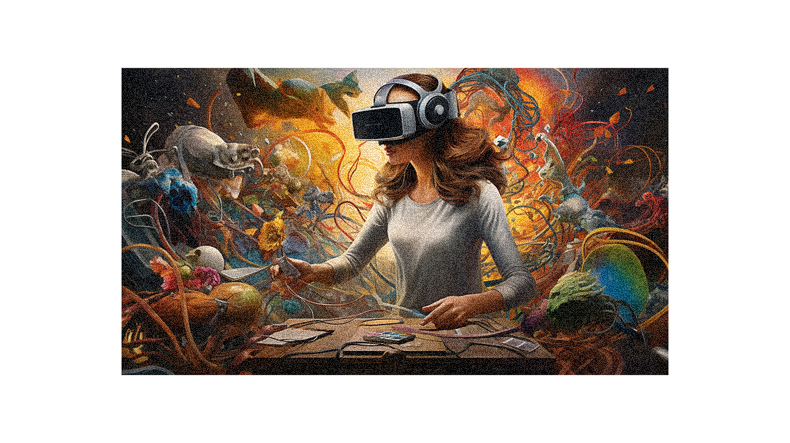
Isn’t it fascinating how virtual reality transforms how we experience art? It’s like stepping into another dimension, where the line between reality and imagination blurs. I can interact with the artwork in ways I’d never thought possible, feeling textures and seeing colors come alive.
VR has pushed the boundaries of creativity, offering an immersive experience that traditional media can’t match. But here’s a catch – while I own my creations, platforms like Google retain licenses for reproduction or modification. It’s a complex issue that needs addressing.
Nevertheless, VR continues to revolutionize the art scene, providing a new platform for artists and an extraordinary visual journey for viewers like myself. The evolution of technology in art truly is awe-inspiring!
Ownership Rights in VR
Navigating the issue of ownership rights in VR is a tricky terrain. As an artist creating virtual reality, you often face complex questions about who owns what. Does the platform where I create and exhibit my VR art have rights to it? Do they retain licenses for reproduction or modification? It’s a bit unsettling, honestly.
The art world needs to address this. A clearer framework around ownership rights in this digital sphere is necessary. Artists should be able to confidently create their immersive experiences without fearing exploitation. At the same time, platforms need protection too. It’s a delicate balance that requires thoughtful discussion and action.
But one thing’s clear: as technology evolves, so must our understanding of ownership.
Transformation of Art Landscape
You’re living in an exciting time, aren’t you? The art landscape around us is transforming at a breakneck pace.
Did you know that as of 2020, over 44% of global art collectors have purchased artwork online without ever seeing it in person? This shift into the digital realm is pushing boundaries and redefining what we consider to be ‘art’.
Virtual Reality (VR): Who needs galleries when you can stroll through virtual exhibitions from your living room?
Blockchain: It’s not just for Bitcoin anymore! Artists use this technology to authenticate their work and even create new forms of ownership.
Artificial Intelligence (AI): AI isn’t only creating art – it’s inspiring artists by showing them possibilities they hadn’t imagined before.
Welcome to the future of art!
Controversy around AI Art
But wait, there’s a plot twist in our tale of art and innovation: the rise of AI-generated art stirs up quite a controversy.
Some purists argue that this new form isn’t real art but computer science masquerading as creativity. They believe that true artistic expression comes from human emotion and life experience, elements an algorithm can’t replicate.
On the other hand, supporters see AI as a tool for expanding creative boundaries. To them, it’s not about replacing traditional artists but opening up new avenues for exploration.
As with any revolution, there are always skeptics and advocates. Despite differing views, one thing’s sure: technology is pushing us to reconsider what we define as ‘art.’
Integration of Art and Technology
As the digital age sweeps over the art world, you’re witnessing an exciting dance of adaptation and innovation. Technology integration in artistic creation has led to groundbreaking developments transforming our understanding and experience of art.
- Virtual Reality (VR): You can step inside a painting or create three-dimensional artwork. VR is changing how we interact with art, making it more immersive than ever before.
- Blockchain: This technology isn’t just for cryptocurrencies; it’s also creating new ways to authenticate, buy, and sell artwork. It offers solutions to issues like forgery and authenticity.
- Artificial Intelligence (AI): AI-generated art blurs the lines between machine creativity and human ingenuity. Although controversial, it’s undeniably pushing the boundaries of what we consider ‘art’.
The fusion of art and tech is here – let’s embrace the journey!
Future Impact of Technology
Stepping away from the fascinating blend of art and technology, let’s gaze into the future. The constant evolution of technology is promising to redefine artistic creation even further.
AI continues to blur the lines between human and machine creativity, offering an unexplored realm for artists. Meanwhile, blockchain holds the potential to address concerns around forgery and maintaining authenticity in artwork. It might seem complex now, but it’ll become more mainstream as platforms start accepting Fiat currency.
Similarly, virtual reality offers a dynamic platform for immersive art experiences yet raises questions about ownership rights. Thanks to these technological strides, we’re witnessing a seismic shift in the art landscape.
As we move forward, understanding their impact will be crucial for creators and consumers.
Follow us on Pinterest for more tips, tutorials, and artist reviews!

